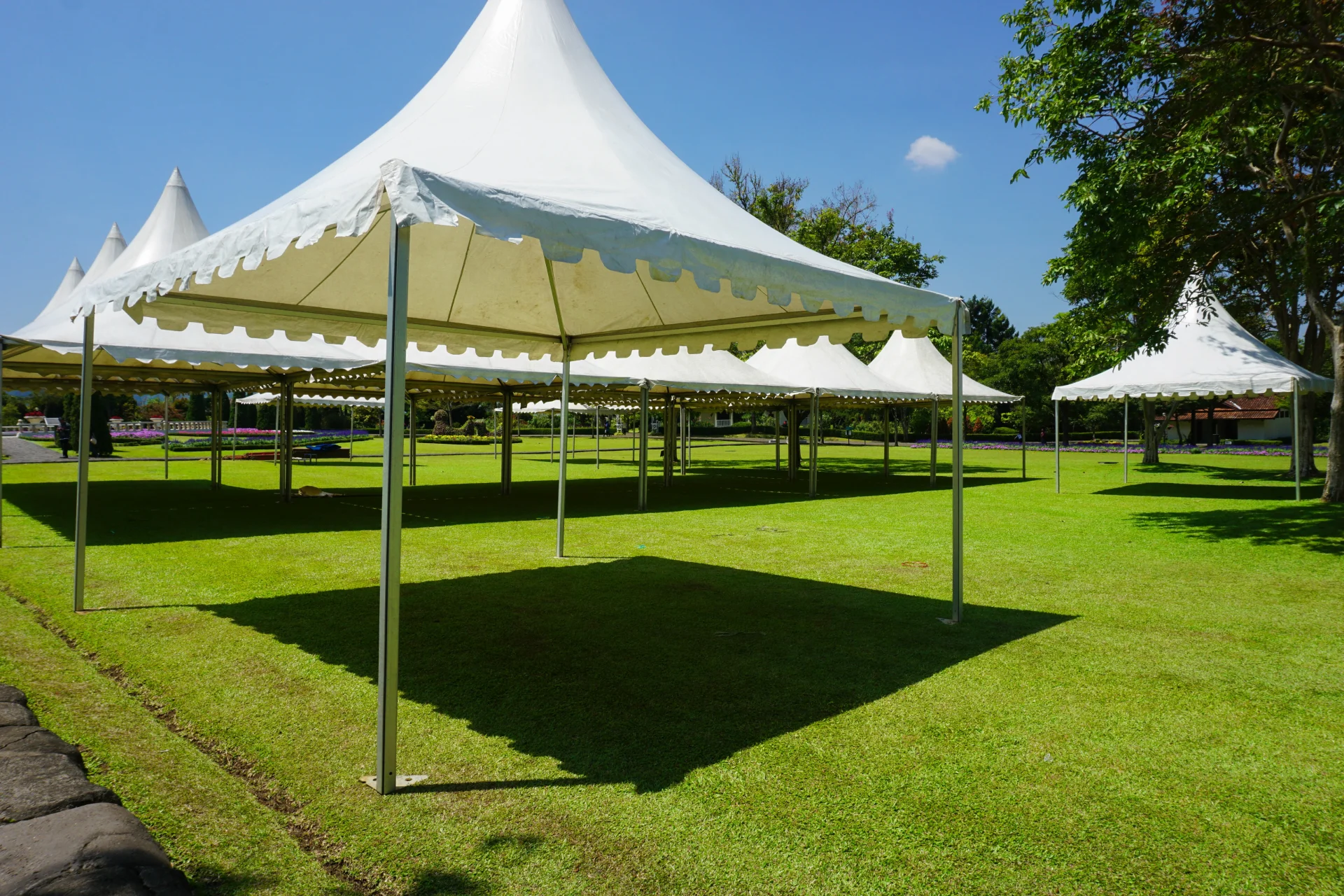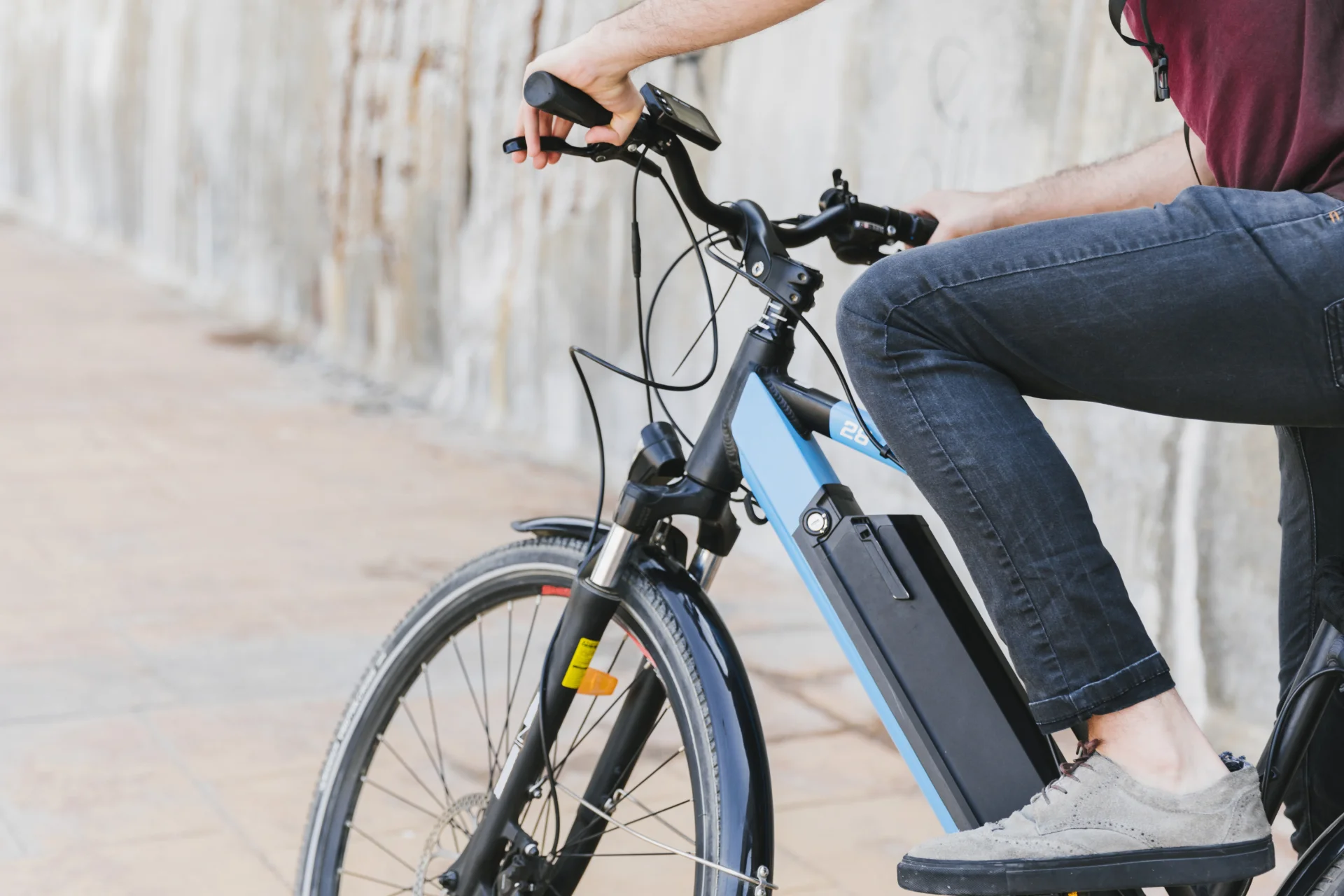Struggling to set the right rental rates for your equipment? Price too low, and you barely cover costs. Price too high, and customers look elsewhere. Many rental businesses fall into the trap of either underpricing their equipment or simply copying competitors. The key to long-term profitability is a well-planned equipment rental pricing strategy that factors in both internal costs and market demand.
Many rental businesses find equipment rental pricing challenging because they focus solely on covering costs or matching competitor prices. A comprehensive rental pricing strategy considers both internal costs and external market factors. In this guide, we’ll show you how to price rental equipment effectively to maximize profitability.
How to collect data for accurate rental rates
Before you can calculate accurate rental rates, you need to collect both internal cost data and external market information. This data-driven approach ensures your calculations are based on real numbers rather than assumptions.
Internal cost analysis
Start by calculating your total cost of ownership and operating expenses. Here’s what you need to include in your equipment rental pricing strategy:
-
Equipment costs: Calculate the total cost of ownership by adding purchase price, financing costs, and expected depreciation over the equipment’s lifetime. Divide this by the expected rental days to get your base daily cost.
-
Operating expenses: Add up maintenance costs, repairs, insurance, storage, and administrative expenses. Include these in your daily rate calculations to ensure full cost recovery.
-
Profit requirements: Determine the profit margin needed to sustain and grow your business. Consider factors like reinvestment needs and market conditions when calculating your margin.
Market rate analysis
Understanding market rates helps validate your calculations and ensures competitiveness in your rental pricing strategy:
-
Competitor research: Document current market rates for similar equipment. Calculate the average rates in your area and note any premium or discount pricing strategies.
-
Demand patterns: Track seasonal demand fluctuations and industry trends. Use this data to adjust your base rate calculations for peak and off-peak periods.
-
Customer segments: Analyze the pricing sensitivity of different customer groups. Calculate how rate adjustments might affect demand in each segment.
-
Value-added services: Research rates for additional services like delivery or training. Calculate how these services affect your overall equipment rental pricing.
📌 Pro tip: Don’t just match competitor prices—find your value edge. If your service is faster, more convenient, or includes extra benefits (like free accessories), you can justify premium pricing.
Start your rental business for just $29/month
Put your toes in the water and test the demand in your area with a rental website for just $29/month.
Calculating different rate types
Once you have your base data, you can calculate rates for different rental periods. Each type requires a specific calculation method to ensure profitability.
Flat fee pricing (per day, week, etc.)
For daily, weekly, or monthly rates:
- Base daily rate = (total cost of ownership / expected rental lifespan (in days)) × markup multiplier
- Weekly rate = (Daily rate × 7) × (0.85 to 0.90) to provide a volume discount
- Monthly rate = (Daily rate × 30) × (0.70 to 0.80) for longer-term rentals
This structure works well for equipment rental pricing with predictable usage patterns and clear depreciation schedules. The discounts for longer periods help encourage extended rentals while maintaining profitability.
Flexible pricing (per hour)
For equipment rented by the hour:
Base hourly rate = (daily rate ÷ standard operating hours) × (1.2 to 1.5)
The multiplier accounts for:
- Increased administrative costs of short-term rentals
- Higher wear and tear from frequent rental cycles
- Additional cleaning and preparation time
Essential factors for rate calculations
Setting rental pricing for your equipment requires careful consideration of various factors to ensure profitability and customer satisfaction. Consider these key elements when finalizing your rental pricing strategy:
Utilization rate
Calculate your expected utilization percentage. Lower utilization requires higher rates to maintain profitability. For example, if you expect 60% utilization, increase your base rate by 1.4 to compensate.
Depreciation schedule
Calculate different rates based on equipment age:
- New equipment: Standard rate
- 1-2 years old: 90-95% of standard rate
- 3+ years old: 80-85% of standard rate
Seasonal adjustments
Calculate peak season premiums and off-season discounts:
- Peak season: Base rate × 1.2 to 1.5
- Off-peak: Base rate × 0.8 to 0.9
Bundle calculations
For equipment packages, calculate:
- Individual item rates
- 10-15% discount for bundle pricing
- Additional service costs
Start with building your rental website
Every new rental business starts with a website to get their first bookings.
Examples of how to calculate rental rates
Now that we’ve covered the formulas and factors to consider, let’s look at real examples of how to calculate rental rates for different types of equipment. Here are real-world examples of how to price rental items based on market demand and costs.
Tent package

A 20x20 commercial event tent with sidewalls is a common rental item for events and parties. The initial investment for a quality commercial tent ranges from $1,500 to $2,500, plus additional costs for stakes, storage bags, and repair kits.
Let’s calculate the rate:
- Total investment: $2,400 ($2,000 tent + $400 accessories)
- Estimated repairs & cleaning over time: $500
- Per-rental overhead: $50
- Expected rental lifespan: 50 uses
- Markup multiplier: 2.5 (to ensure profitability)
Base daily rate = (($2,400 + $50 + $500) / 50) × 2.5 = $150 (rounded)
This places our daily rate at $150, which is competitive with market rates for similar tents. A typical three to four-day rental rate for this tent would be $400-$600. Adjust your rates based on local demand and competitor pricing to ensure profitability.
Cinema camera package

Professional cinema cameras are high-value rentals that require significant upfront investment but can generate good returns. A camera like the Blackmagic URSA costs between $6,000-$10,000 for the body alone.
Let’s calculate the rate:
- Total investment: $10,000 ($8,000 camera + $2,000 accessories)
- Estimated repairs & cleaning over time: $600
- Per-rental overhead: $30
- Expected rental lifespan: 100 uses
- Markup multiplier: 3
Base daily rate = (($10,000 + $30 + $600) / 100) × 3 = $390 (rounded)
This places our daily rate at $390, which is competitive with market rates for similar cinema cameras. A typical three to four-day rental rate for this camera would be $1,000-$1,500, so our rate is in line with market expectations.
Electric bike

E-bikes have become increasingly popular rentals. A quality rental-grade e-bike costs between $1,500-$2,500, plus additional costs for safety equipment and charging accessories. Let’s calculate the rate:
- Total investment: $2,300 ($2,000 bike + $300 accessories)
- Estimated repairs & cleaning over time: $800
- Per-rental overhead: $35
- Expected rental lifespan: 120 uses
- Markup multiplier: 3
Base daily rate = (($2,300 + $35 + $800) / 120) × 3 = $80 (rounded)
This places our daily rate at $80, which is competitive with market rates for e-bikes. The market rate for e-bikes typically ranges from $60-$120 per day. We can set our rate at $80 per day and remain competitive while ensuring profitability.
Conclusion
Setting equipment rental rates isn’t just about following a formula. While calculations provide a solid foundation, successful rental businesses regularly review and adjust their rates based on real-world performance. Use these calculations as a starting point, then refine your rates based on your specific market conditions and business goals.
Remember to document your calculation methods and maintain updated spreadsheets of all costs and market data. This makes future rate calculations and adjustments more efficient and helps ensure consistency across your rental inventory.
Most important takeaways
A comprehensive pricing strategy is key: Balancing internal costs and market demand ensures profitability, rather than just matching competitors or covering expenses.
Data-driven pricing ensures accuracy: Collecting internal cost data and market research helps set rental rates based on real numbers rather than assumptions.
Utilization and seasonal adjustments matter: Higher utilization allows lower rates, while seasonal pricing adjustments help maximize revenue during peak and off-peak times.
Flexible pricing models increase revenue: Offering discounts for longer rentals and adjusting hourly rates for short-term rentals helps maximize profitability.
Regular reviews keep pricing competitive: Continuously monitoring costs, market trends, and customer demand ensures rental rates remain profitable and competitive.



